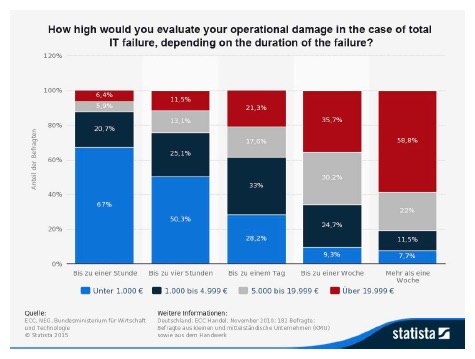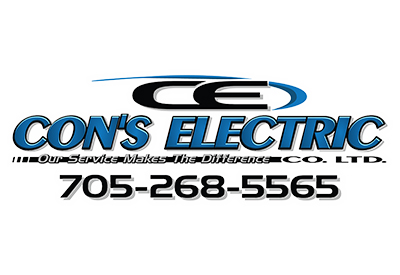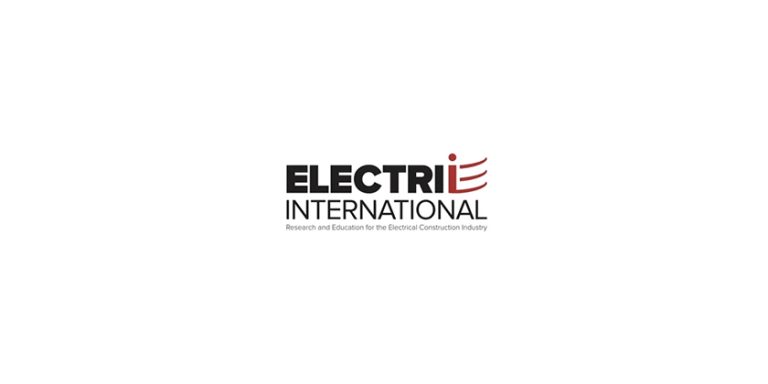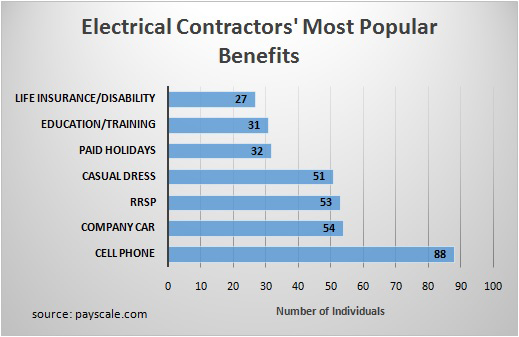Safety and Risk in Electrical Low-Voltage Installations, Part 3

Sept 17, 2018
By Alfred Mörx
Taking adequate measures when planning and making equipment (e.g., low‐voltage switchgear assemblies) ensures that any risk that remains after the application of protective measures is as low as possible. Parts 1 and 2 explored the relationship between risk and safety, seven reasons for implementing safety precautions, consequential damage, and its costs. Part 3 looks at how employers can meet their responsibilities under workplace health and safety legislation, and six causes of arc faults in low‐voltage switchgear assemblies.
Protecting employees
Legislation defines the safety and health of employees as a responsibility of the employer. Meeting this responsibility involves
1. preventing risks
2. combating risks at source
3. taking into account the “human” factor at work, particularly with regard to workplace design, the choice of work equipment, and the choice of working and production methods, especially with respect to alleviating monotonous work and work at a predetermined work rate
4. adopting best practices
5. eliminating or reducing hazards
6. planning risk prevention with a view to ensuring a coherent linking of technology, work organization, working conditions, social relationships, and impacts on the environment
7. placing collective risk protection above individual risk protection
Point 4 on this list clearly stresses that employers, in their efforts to create safe working conditions, must follow state‐of‐the art technology and the latest insights in the field of work structuring.
Practically every workplace is affected by these requirements, including the layout of the electrical low‐voltage installation and with it the design of the low‐voltage switchgear assemblies and/or the components used in them.
Best practices include incorporating advanced technological processes, facilities and operating modes whose proper functioning is tried or proven.
As a rule, best practices will be further advanced than technical standards and go beyond the standards’ minimum requirements. With regard to planning, constructing and operating low‐voltage switchgear assemblies, employers must consider whether to go beyond the requirements stipulated in recognized rules of engineering when planning and executing the electrical system.
Arc faults in low‐voltage switchgear assemblies
Identifying and responding to potential causes of arc faults can reduce consequential damages and protect employees from injury. For arc faults, here are six possible ignition causes:
• condensation (humidity in the switchgear assembly)
• pollution in the form of foreign deposits on busbars and parts of switchgear
• transient overvoltages following storm and/or switching surges
• premature (unnoticed) ageing of insulating materials following sporadic or thermal overload
• loose or slack connections, defective contact points
• working on parts of the substation
One of the possible consequences of arc faults is the complete destruction of the switchgear assembly.
In this respect, the steel‐sheet housing, due to the high internal pressure from up to 15‐25 t/m2, also becomes a risk for the surroundings and people working there. It is not unusual for side walls, doors, and built‐in appliances to be ejected from the housing of the switchgear assembly under the influence of arc faults. Another possible consequence of arc faults is the emergence and spreading of so‐called electrically ignited fires.
When planning and implementing low‐voltage switchgear assemblies and the low‐voltage installations supplied from them, it is in many cases necessary from a technical protection point of view to examine whether the minimum requirements specified in the generally accepted technical standards are sufficient for actual operation, compare them to best practices, and proceed from there.
Alfred Mörx is the owner of diam‐consult, a consulting engineering office for physics focusing on risk analysis and protective technology in complex technical systems, since 2001. He studied technical physics at the Vienna University of Technology. As an expert for basic electrotechnical safety matters, he has been working in national, European, and international teams in the area of safe electricity application for more than 25 years; www.diamcons.com; am@diamcons.com. This article was previously published as an Eaton white paper: www.eaton.eu/ecm/groups/public/@pub/@europe/@electrical/documents/content/pct_1595882.pdf@electrical/documents/content/pct_1595882.pdf
















